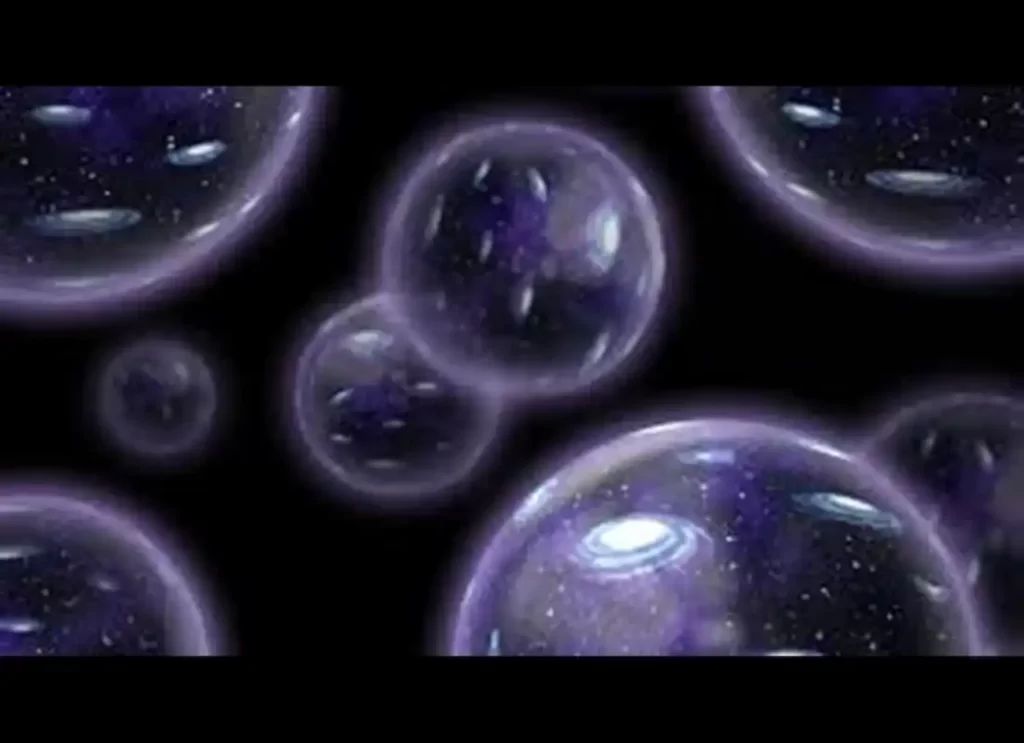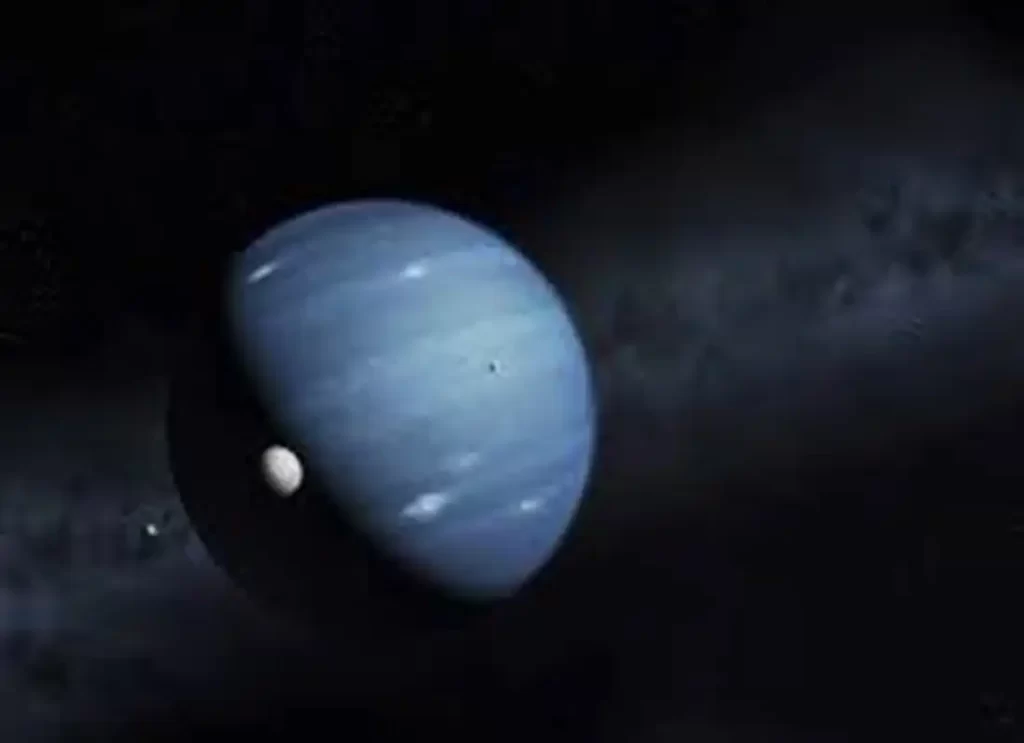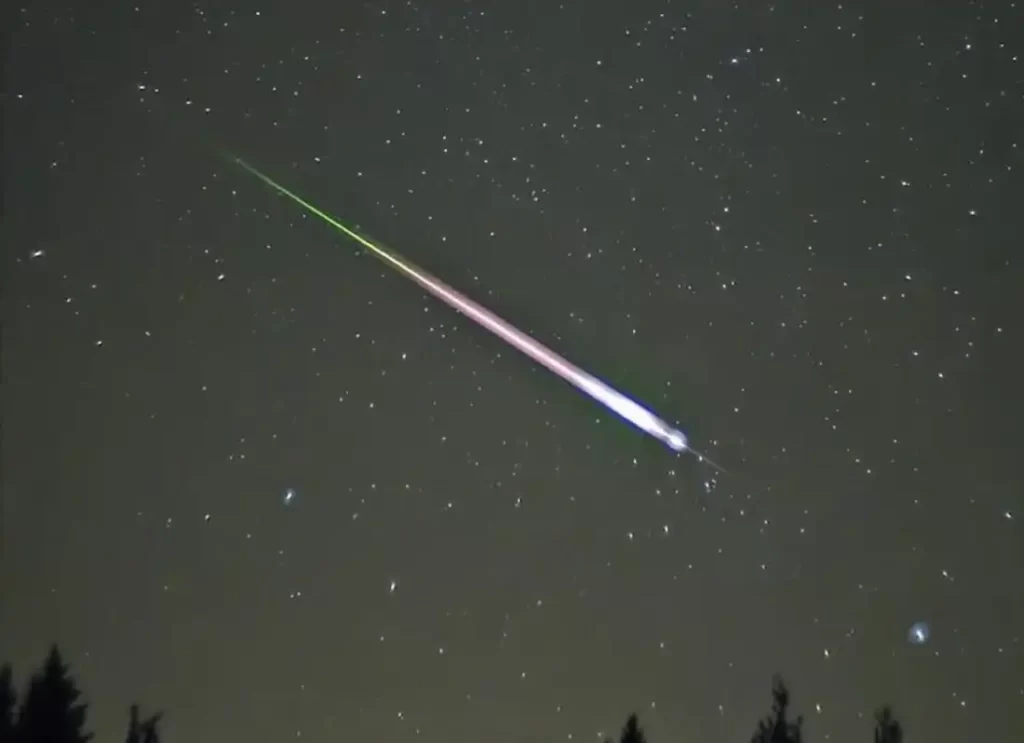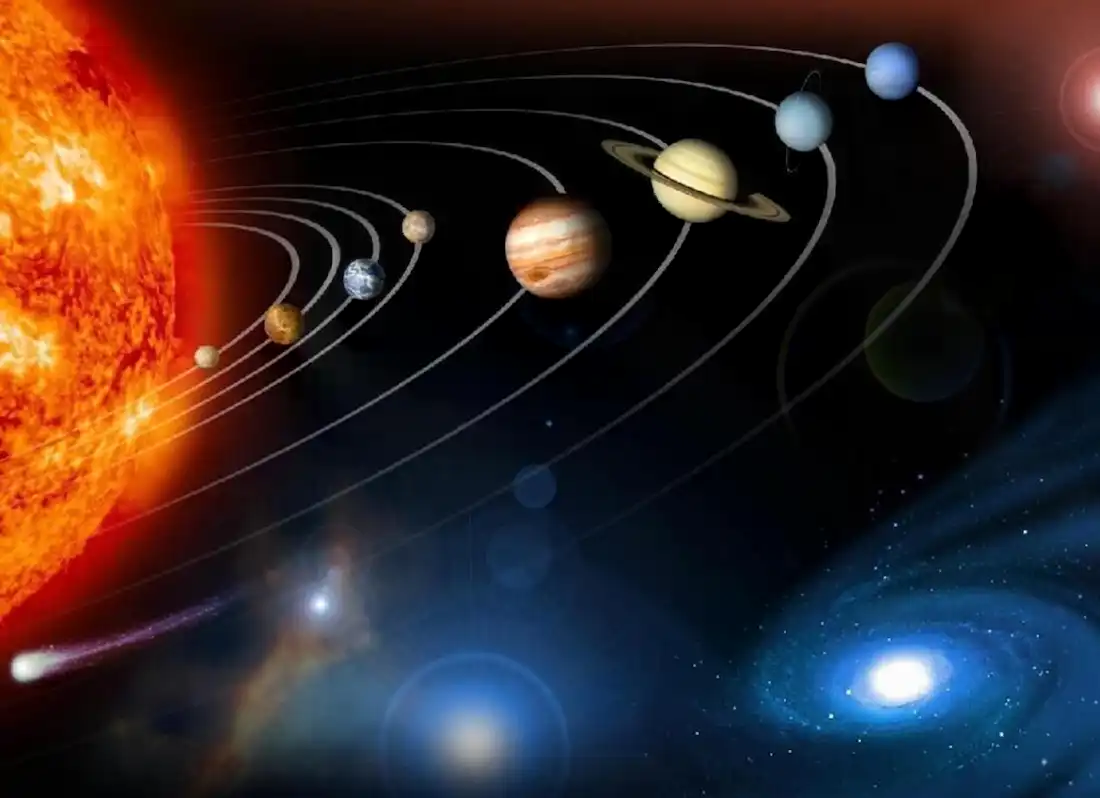What is the size of our universe?
Humans have utilised a number of approaches and strategies to answer the queries ‘How far?’ and ‘How big?’ throughout history. Throughout history, generations of explorers have probed the vastness of the universe. Today, new approaches are being applied, and new discoveries are being produced, thus the adventure continues.How far distant is the Moon?’ inquired Aristarchus of Samos in the third century B.C.
During a lunar eclipse, he was able to determine the distance by gazing at the Earth’s shadow on the Moon. Edmund Halley, who is best known for predicting the return of the comet that bears his name, discovered a means to estimate the distance between the Sun and Venus three centuries ago.He was aware that the planet Venus will pass directly between the Earth and the Sun only once every 121 years.
Depending on where you are on Earth, the apparent location of the planet in relation to the disc of the Sun behind it shifts.The magnitude of the shift is determined by the distance between Venus and the Earth.

The transit of Venus, a once-in-a-lifetime occurrence, happened again on June 8, 2004.
For the first time, in order to understand the basic distance between the Earth and the Sun allowed us to determine the real scale of the entire Solar system. Our star and its planets constitute only a minuscule portion of the Milky Way galaxy when we depart the solar system.
The Milky Way is a massive metropolis of stars, so large that traveling across it at the speed of light would take 100,000 years. All of the stars in the night sky, including our Sun, are part of our galaxy, as are millions of additional stars that are too dim to view.

The fainter a star seems, the more distant it is. Astronomers use this as a guide to determine the distance between distant stars. But how can you know if the star is truly that far away, or if it’s simply that dim to begin with? Henrietta Leavitt developed a means to tell the ‘wattage’ of some stars that varied their brightness in 1908. There is a tremendous span of galaxies beyond our own galaxy.
More galaxies are discovered as scientists look further into space. There are billions of galaxies, the furthest of which are so far away that the light coming on Earth now originated billions of years ago in the galaxies. As a result, we view them not as they are today, but as they were long before life existed on Earth. Finding the distance to these faraway galaxies is difficult, but astronomers may do it by looking for supernovae, which are very luminous exploding stars.
Because some types of exploding stars have a known brightness – wattage – we can calculate their distance from their parent galaxy by measuring how brilliant they look to us. So, what is the size of the universe? Nobody knows if the universe is infinitely big or if ours is the only one that exists.
And other portions of the cosmos, even those far away, might be substantially different from our own. Future NASA missions will continue to look for indications about our cosmic home’s ultimate size and magnitude. Beautiful graphics and simple procedures and concepts transport you from our solar system to the domain of stars, galaxies, and the immense vista of the observable universe.

Quranmualim Science Blogs
How Big is the Universe? ,Food in Space | Eating in Space,What Is an Atomic Clock?,Al-Quran (القرآن), USA Map, What are the 5 types of energy?,How to Pray Funeral Prayers in Islam PDF Download







